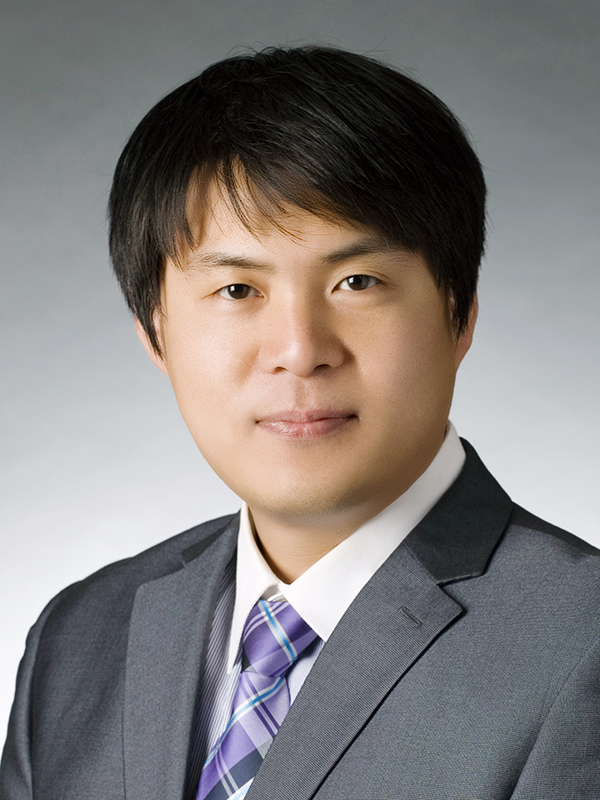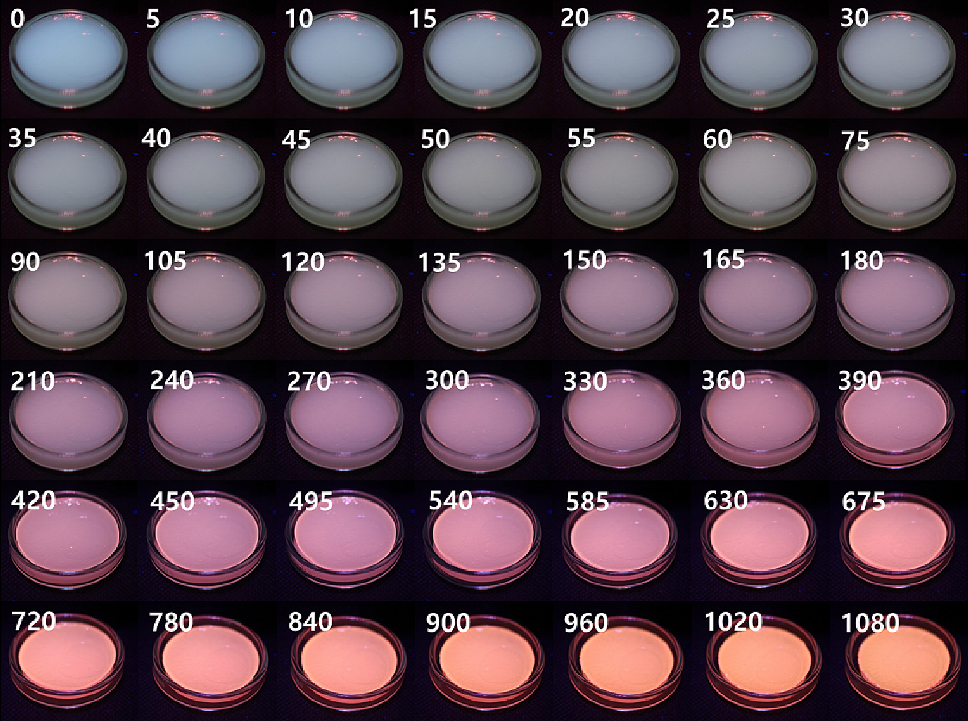Touching Tomorrow atPukyong National University
NEW BEGINNING, NEW INSPIRATION
PKNU Research 1000
| Yang Hyun-Kyung | Developed carbon dots for UV-light sensing that measures UV rays with ‘a single film’ | |||
| WRITER | 대외협력과 | WRITE DAY | 2023-05-30 |
| COUNT | 479 | ||
| Yang Hyun-Kyung | Developed carbon dots for UV-light sensing that measures UV rays with ‘a single film’ | |||||
 |
대외협력과 |  |
2023-05-30 |  |
479 |
Developed carbon dots for UV-light sensing that measures UV rays with ‘a single film’
- Professor Yang Hyun-Kyung

A film-type UV sensor that can detect both the UV index and the cumulative amount of UV exposure has been developed and is attracting attention from the academic world.
It is 'carbon quantum dots for UV-light sensing' recently developed by professor Yang Hyun-Kyung (dept. of electrical, electronics and software engineering, the BrainKorea 21 Four) and research professor Park Jin-Young (dept. of electrical, electronics and software engineering) from Pukyong National University.
Ultraviolet rays are an essential element for producing vitamin D in the human body while exposed to the skin, but excessive exposure causes skin aging, melanoma, or burns, so ultraviolet rays are used in various fields such as medical and sports.
Existing UV meters on the market require sophisticated systems such as amplifiers and are expensive and have low portability due to complicated assembly processes. There is a problem in that the cumulative amount of UV exposure cannot be intuitively checked.
The team of professor Yang produced a film that detects ultraviolet rays using carbon quantum dots, a nano material made of carbon particles. As a result of the experiment, this film showed the effect of changing color differently according to the cumulative amount of UV exposure, and the speed of film color change according to the intensity of the exposed UV light.
Using this 'UV sensor using carbon quantum dots', it is very attractive that the UV index and cumulative UV exposure can be intuitively monitored. It is also a great advantage of this sensor that it can be manufactured at low cost because it does not require the construction of an amplifier or system.
Professor Yang said, "This sensor is highly portable in that it can be manufactured in various forms as well as film form, and is also very inexpensive, so I expect that it will be widely applied in real life."
Professor Yang applied for a patent (domestic/PCT/USA) for this research result, and the paper 'photobleach effect of multi-color emitting carbon dots for UV-light sensing' containing the research result was recently published in the international journal <Chemical engineering journal> (IF=16.744).

△ The photobleaching alteration depending on the amount of time irradiated with ultraviolet rays. (0 to 1080 minutes)